IAF variant!

The Meteor NF.13 reached Israel when Britain offered the sale of Gloster Meteors to all nations in the Middle East with the intentions of gaining sales while remaining neutral. The IAF, needing to improve their night-fighting capabilities, applied for an offer of Meteor NF.13s made by Britain to Syria and Egypt. As such, 6 aircraft were ordered in 1956. The 119th squadron would be formed with the intentions of using these new Meteors. Three would be delivered in the same year, however the other 3 aircraft would only be delivered in 1958.
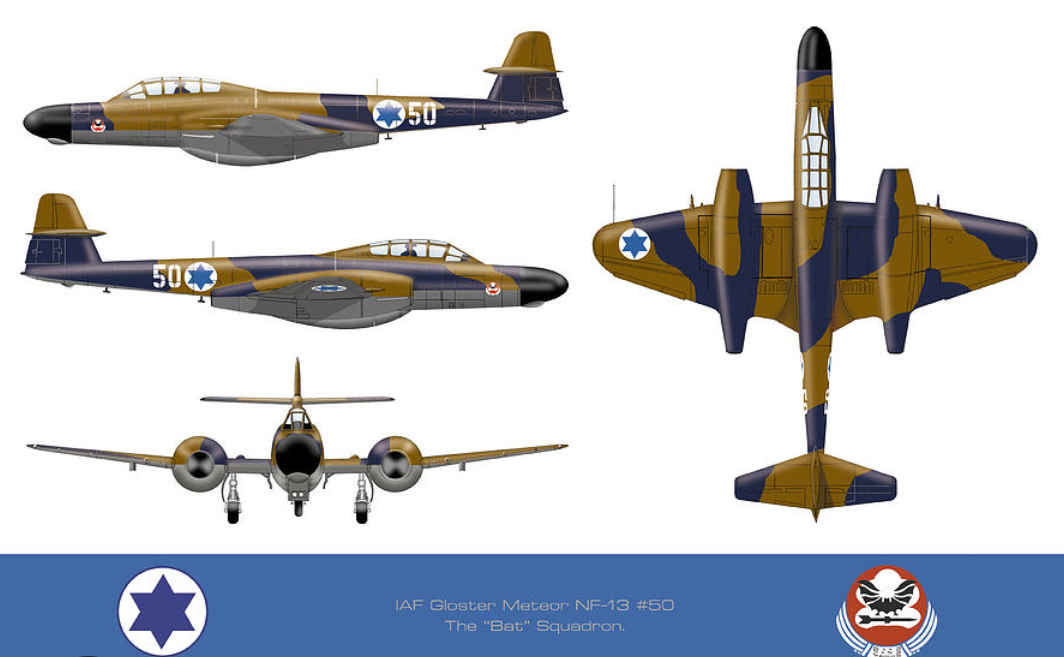
Normal plane :
The Gloster Meteor was the first British jet fighter and the Allies' only jet aircraft to engage in combat operations during the Second World War.[1] The Meteor's development was heavily reliant on its ground-breaking turbojet engines, pioneered by Frank Whittle and his company, Power Jets Ltd. Development of the aircraft began in 1940, although work on the engines had been under way since 1936.
The Meteor first flew in 1943 and commenced operations on 27 July 1944 with No. 616 Squadron RAF. The Meteor was not a sophisticated aircraft in its aerodynamics, but proved to be a successful combat fighter. Gloster's 1946 civil Meteor F.4 demonstrator G-AIDC was the first civilian-registered jet aircraft in the world.[2] Several major variants of the Meteor incorporated technological advances during the 1940s and 1950s. Thousands of Meteors were built to fly with the RAF and other air forces and remained in use for several decades.
Slower and less heavily armed than its German counterpart, the jet-powered Messerschmitt Me 262,[3] the Meteor saw limited action in the Second World War. Meteors of the Royal Australian Air Force (RAAF) fought in the Korean War. Several other operators such as Argentina, Egypt and Israel flew Meteors in later regional conflicts. Specialised variants of the Meteor were developed for use in photographic aerial reconnaissance and as night fighters.
The Meteor was also used in research and development and to break several aviation records. On 20 September 1945, a heavily modified Meteor I, powered by two Rolls-Royce RB.50 Trent turbine engines driving propellers, became the first turboprop aircraft to fly.[4] On 7 November 1945, a Meteor F.3 set the first official airspeed record by a jet aircraft at 606 miles per hour (975 km/h). In 1946, a Meteor F.4 reached a record speed of 616 miles per hour (991 km/h). Meteors also broke records in flight time endurance and rate of climb.
On 10 February 1954, a specially adapted Meteor F.8, the "Meteor Prone Pilot", which placed the pilot into a prone position to counteract inertial forces, took its first flight.[5]
In the 1950s, the Meteor became increasingly obsolete as more nations developed jet fighters, many of which used a swept wing instead of the Meteor's conventional straight wing. The RAF service replaced its Meteors with newer types such as the Hawker Hunter and Gloster Javelin.
As of 2023, two Meteors, G-JSMA and G-JWMA, remained in active service with the Martin-Baker company as ejection seat testbeds.[6] One further aircraft in the USA remained airworthy, as did another in Australia.
Specifications
General Characteristics
- Created On Android
- Wingspan 67.9ft (20.7m)
- Length 78.7ft (24.0m)
- Height 23.1ft (7.0m)
- Empty Weight 23,163lbs (10,506kg)
- Loaded Weight 46,918lbs (21,282kg)
Performance
- Power/Weight Ratio 0.957
- Wing Loading 36.2lbs/ft2 (176.8kg/m2)
- Wing Area 1,295.8ft2 (120.4m2)
- Drag Points 11695
Parts
- Number of Parts 91
- Control Surfaces 5
- Performance Cost 460

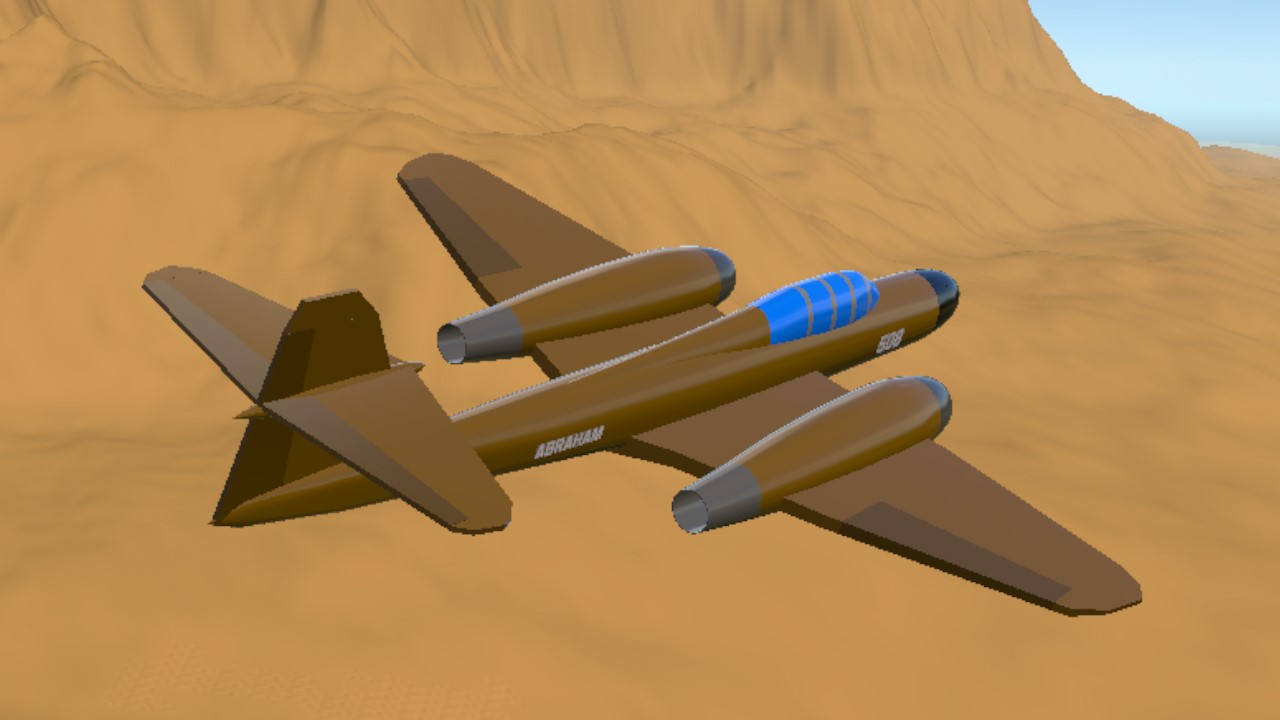
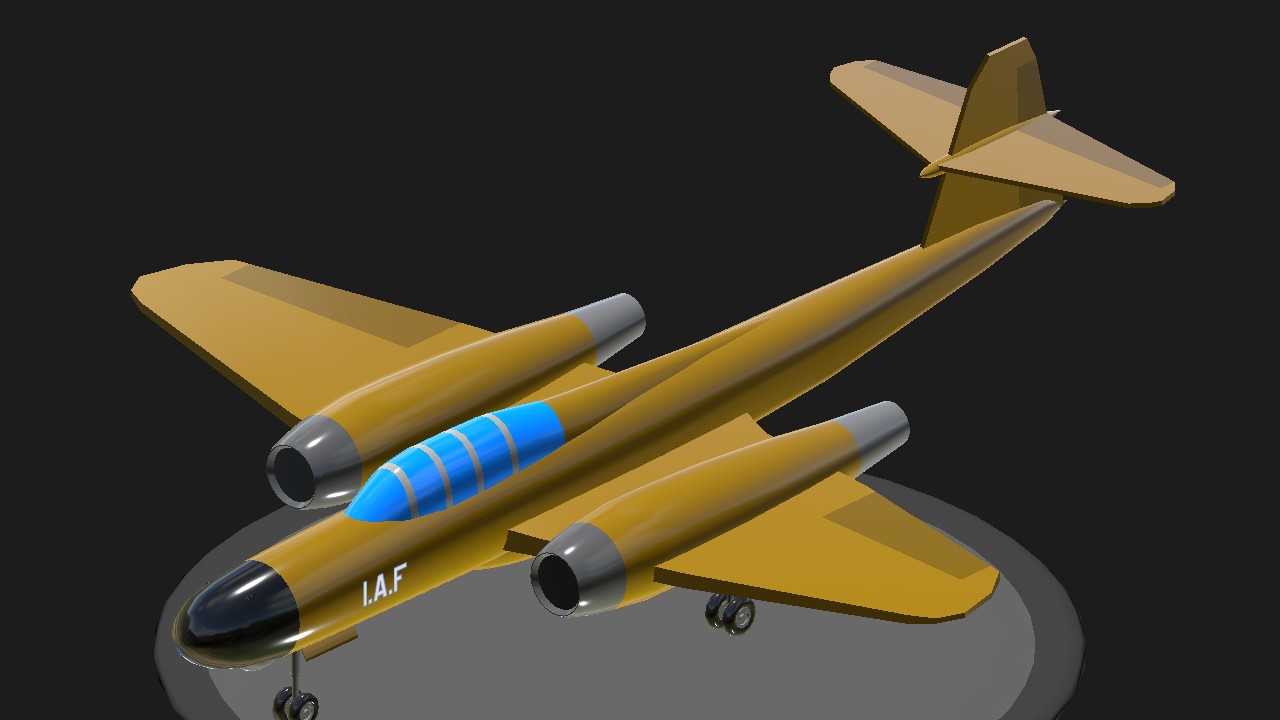
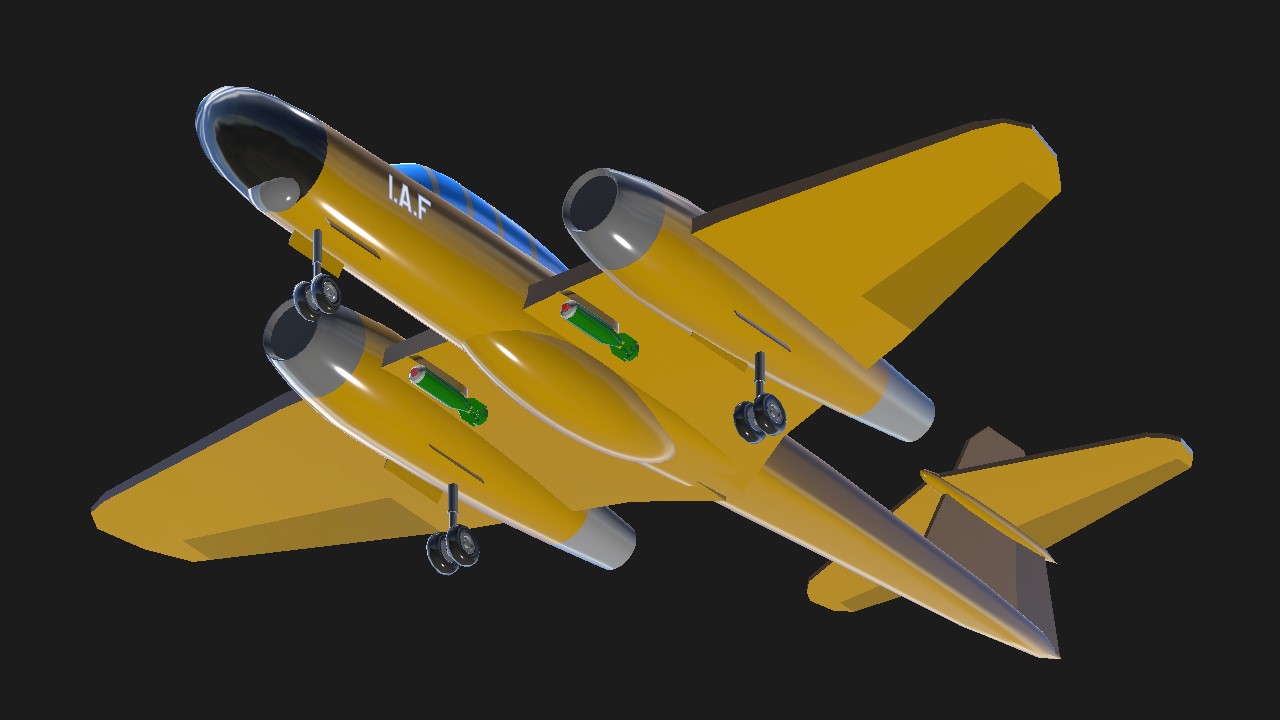

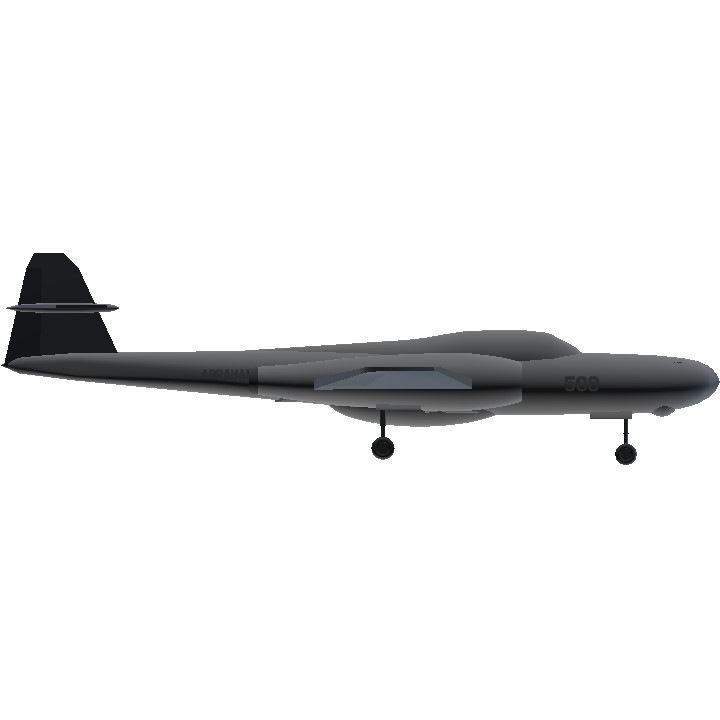
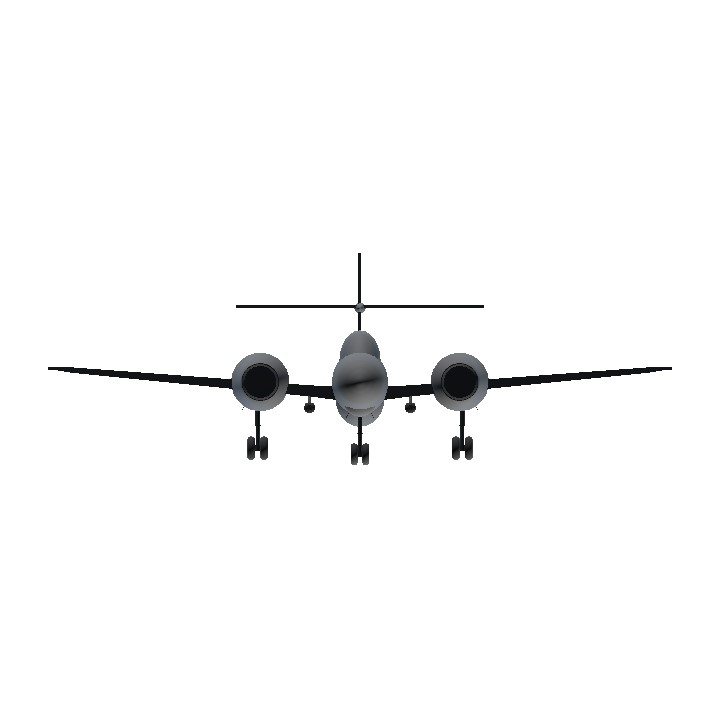
warthunder moment
Cool bomber plane